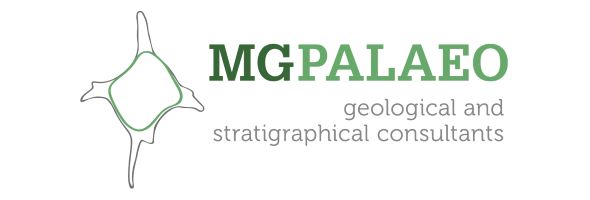Since March 2025, an unprecedented environmental disaster has been decimating marine life along South Australia’s coastline.
A harmful algal bloom (HAB)—caused by the dinoflagellate Karenia mikimotoi—has led to extensive marine fatalities, disrupted local tourism, and posed significant challenges to the state’s fisheries.
Initially detected at Waitpinga Beach—approximately 75 kilometres (47 miles) south of Adelaide—the bloom has now reached metropolitan waters, defying earlier hopes that cooler winter temperatures would slow its spread.
Here at MGPalaeo, our palynologists have been closely following these developments, because Karenia mikimotoi belongs to the same group of organisms—dinoflagellates—that form a core activity of what we do. Dinoflagellates originated ca. 240 million years ago. The fossils of dinoflagellates are traditionally identified to date and correlate ancient rocks and used to gain an understanding of modern and past marine or freshwater ecosystems.
Our Adelaide-based team have been out collecting seawater samples related to this bloom event at Hallet Cove to examine under the microscope. Below are some images of what we found from our sampling trip on July the 5th, including the unassuming but potent Karenia mikimotoi, alongside other dinoflagellates currently active in local waters.

These organisms may be small, but their impact is anything but. Karenia mikimotoi, in particular, is known for its ability to cause mass marine kills through a combination of oxygen depletion and cellular toxins. And this is not the first time harmful algal blooms of Karenia and other species have impacted South Australia. Coffin Bay, a town at the southern extremity of the Eyre Peninsula, was affected by similar events in 2013 and 2014.
There is a growing need for routine environmental monitoring in coastal systems due to ongoing climate change and biodiversity loss, and the increasing severity of each harmful algal bloom event.
We will continue to sample this bloom and contribute our findings to the broader scientific and environmental community. If you’re a government department, council, or organisation affected by HABs—or looking to proactively monitor your waterways—let us know how we can help.
Further Reading & Resources:
- SA Environment Department Update (July 2025)
- SARDI: Harmful Algal Bloom Monitoring
- ABC News – Algal Bloom Outbreak
- The Conversation – Mystery Algae Identified
